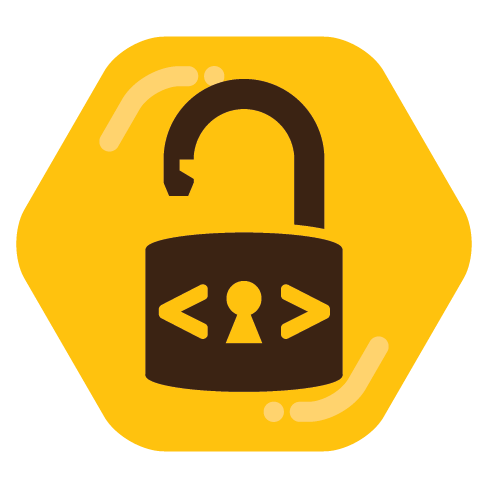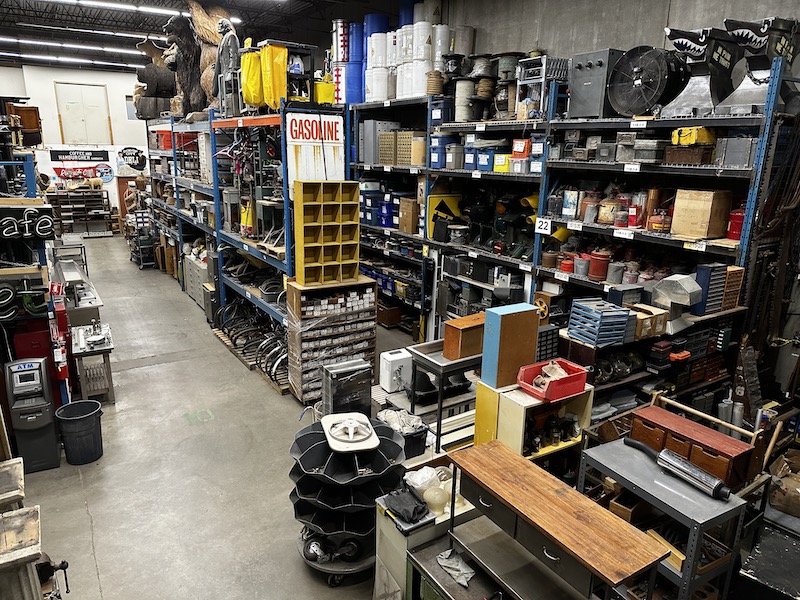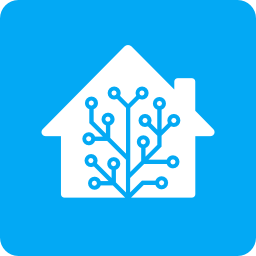AmbiguousProps
- 9 Posts
- 243 Comments

 4·40 minutes ago
4·40 minutes agoWatch for spicy pillows… they’ll light your stuff on fire.

 3·3 days ago
3·3 days agoThey make countertop dishwashers that connect to your sink, still better than washing by hand imo

 5·3 days ago
5·3 days agoDoes running termux all of the time affect battery much?

 1·4 days ago
1·4 days agoFor real. I’m probably gunna swap over to something else, this is pretty sus.

 8·11 days ago
8·11 days agoAgreed on all points, but especially #1. Fuck Nestle. Every time I buy a new product at the grocery store, I check to make sure they’re not made by Nestle or a subsidiarity of Nestle.
The AI we’ve had for over 20 years is not an LLM. LLMs are a different beast. This is why I hate the “AI” generalization. Yes, there are useful AI tools. But that doesn’t mean that LLMs are automatically always useful. And right now, I’m less concerned about the obvious hallucination that LLMs constantly do, and more concerned about the hype cycle that is causing a bubble. This bubble will wipe out savings, retirement, and make people starve. That’s not to mention the people currently, right now, being glazed up by these LLMs and falling to a sort of psychosis.
The execs causing this bubble say a lot of things similar to you (with a lot more insanity, of course). They generalize and lump all of the different, actually very useful tools (such as models used in cancer research) together with LLMs. This is what allows them to equate the very useful, well studied and tested models to LLMs. Basically, because some models and tools have had actual impact, that must mean LLMs are also just as useful, and we should definitely be melting the planet to feed more copyrighted, stolen data into them at any cost.
That usefulness is yet to be proven in any substantial way. Sure, I’ll take that they can be situationally useful for things like making new functions in existing code. They can be moderately useful for helping to get ideas for projects. But they are not useful for finding facts or the truth, and unfortunately, that is what the average person uses it for. They also are no where near able to replace software devs, engineers, accountants, etc, primarily because of how they are built to hallucinate a result that looks statistically correct.
LLMs also will not become AGI, they are not capable of that in any sort of capacity. I know you’re not claiming otherwise, but the execs that say similar things to your last paragraph are claiming that. I want to point out who you’re helping by saying what you’re saying.
Containers are better than any other option, so of course they’re being used! I’m gunna use containers even harder!

 3·19 days ago
3·19 days agoAbsolutely, and I didn’t mean to imply white rice was healthy or anything of the sort, or that you had an extremist take. I just think the lower class in the US has much more to worry about in this regard. You can definitely balance your carb intake, and as long as you’re aware of the amount of carbs you’re consuming and want white rice, I say go for it. You do need carbs to survive, after all, although carbs with fiber are obviously better suited for that.

 15·19 days ago
15·19 days agoNo chance I’d buy a phone that had this in the first place.

 2·19 days ago
2·19 days agoI mean, it is true that white rice could be considered filler food with little nutritional value, but compared to other cheap foods (in the US anyway), it’s probably better for you. I suppose I’m talking primarily talking about the heavily processed foods with added sugars - it would be better to have something with white rice than those. Unfortunately cheap, heavily processed foods are what most lower income people eat in the US. I consider those foods the actual pre-diabetic junk food. I also think a lot of people in the US likely add a ton of sugar to their oatmeal.
I love oatmeal, though, don’t get me wrong. I have oodles of oats around, both in my pantry and with my other emergency supplies (I’m talking about a dozen #10 cans of just oats).

 11·20 days ago
11·20 days agoYes, and to be clear, a huge part of the risk is that even after heated, the bacteria will die but leave behind toxins that will make you very sick. This Chubbyemu video (a doctor that makes videos covering odd, scary, or “interesting” medical cases) is about the same bacteria and the resulting death from it. While death seems to be pretty rare, it will still make you very sick.

 371·26 days ago
371·26 days agoHe became a cop.

 14·29 days ago
14·29 days agoI picked unRAID to be able to mix disk sizes. It also requires little maintenance in my experience, so that’s also a plus.

 8·29 days ago
8·29 days agoFlatpak works just fine, as it installs to the user directory and not any immutable part of the filesystem. Any non-flatpak apps can be ran in distrobox.

 6·29 days ago
6·29 days agoI love distrobox.

 6·29 days ago
6·29 days agoThe immutability is the main difference. If something gets messed up, on boot you simply change to the previous image and you’re back up and running again.

 3·30 days ago
3·30 days agoI use Duplicacy, personally. All you need to backup is your home directory since it’s immutable.

 5·1 month ago
5·1 month agoI use last.fm scrobbling so it can learn what I like and provide suggestions based on my locally hosted music.









The new repo has two releases in it now. These releases are not signed with the original key as far as I can tell. Further, GitHub is silently redirecting to the new repo, even in Obtainium, meaning it’s possible that if you had this previously installed via Obtainium and updated now, you may have unsigned apks installed that may or may not contain the changes in the repo.
This is a mess. I deleted the repo from Obtainium (luckily I don’t auto install updates) and will wait to see what happens over the next few months. Might just save my notes in a network share instead of using syncthing from my phone. Idk, notes are all that I was using it for.